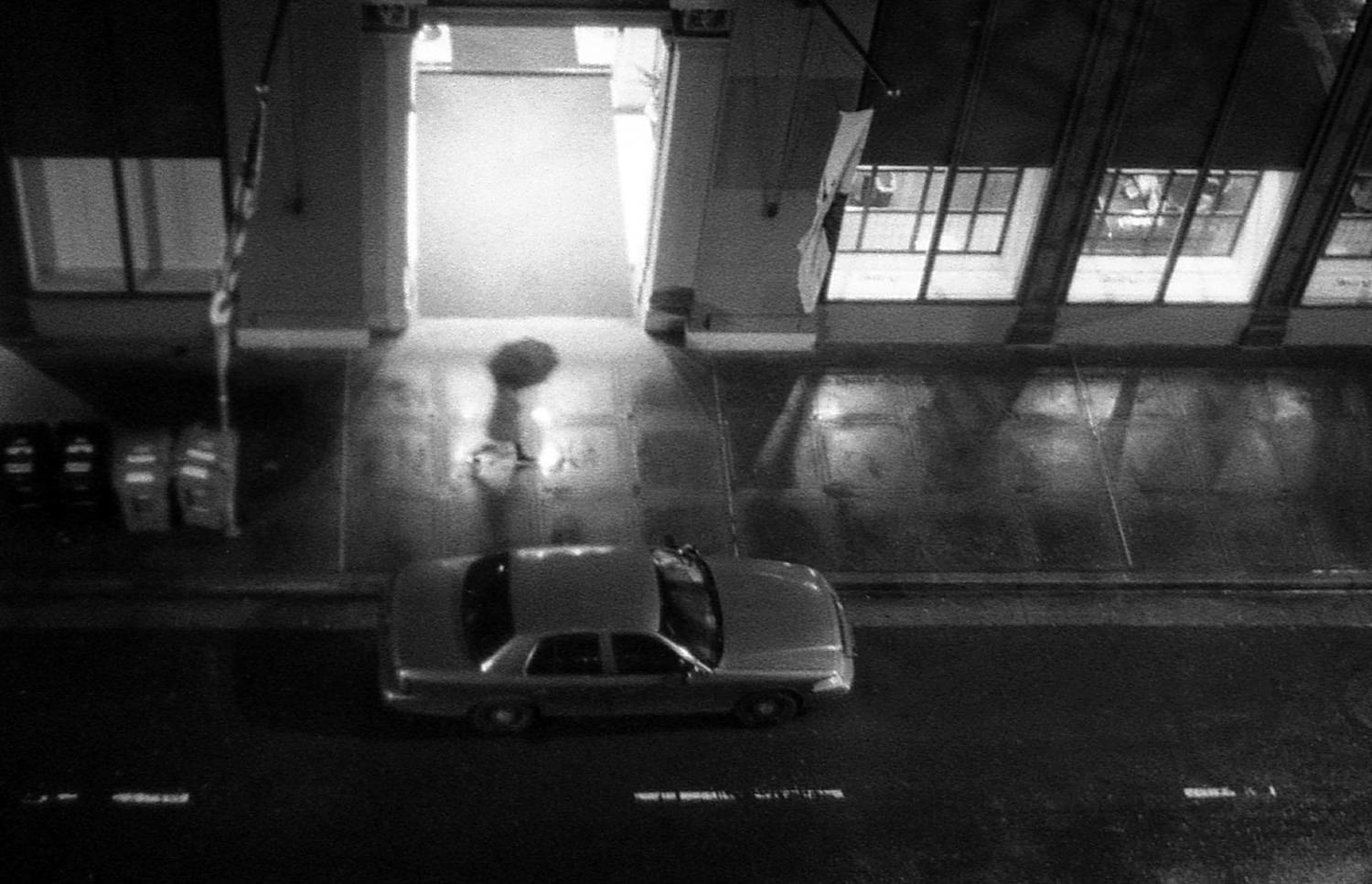The Perfection Trap
It’s easy to go down the perfection rabbit hole in photography. The camera manufacturers constantly hype the clarity and megabytes of their latest cameras. YouTube is filled with reviews reiterating how sharp and perfect pictures are coming out of the newest gear. One can easily be led to think that the goal in photography is flawlessness. But that is far from the truth. Great photographs aren’t great because of their technical prowess, but how they make one feel upon their viewing.
Photography, at least for me, is supposed to be fun. You know what’s not fun? Stressing over whether the light is perfect. Or if the camera meter calls for using a high ISO and you’re worried about how grainy the image will be. Pretty soon, all you’re thinking about are the settings on your camera.
You can become paralyzed with the pursuit of perfection instead of letting go and just being creative. You may end up missing the moment because by the time you have the camera settings dialed in, the shot is gone. It’s way more important to get the picture than to miss it over getting the perfect exposure.
Beauty in Imperfection
We’re humans, so we’re imperfect, so why should we expect our photography to be any different? Imperfections are what make photography such a magnificent art form. A favorite candid shot can have graininess or an askew composition, but it’s these imperfections that add character and breath life into our images. By embracing, and even cherishing, these imperfections, we appreciate the artistry instead of the technique, the photograph instead of the photographer.
I did not mean to underexpose this photo of my father, but I still like this shot.
Learning and Growth
The one thing I tell my students repeatedly is to go out and make lots of mistakes. I explain the only difference between me and them is the number of mistakes I’ve made taking photographs. Every blurry shot or cut-off subject is a stepping stone to improvement. These mistakes are not setbacks, but the building blocks for growth. Letting go of the need for perfection opens us up the opportunity to experiment and open doors to new techniques, styles, and perspectives that we might never have discovered otherwise. The most celebrated photographers didn’t become masters overnight. Rather, they learned and adapted over time in the face of imperfection. It is only through this process that you can find your own artistic and photographic style.
Authenticity Over Perfection
Our world is awash in images. Every day, we see hundreds of meticulously edited images. It can be overwhelming and discouraging to see such “professional” images every day. But because these images are so “perfect,” it actually leaves the door open for authenticity. Instead of seeing the postcard mountain lake, consider the power of capturing genuine moments that resonate on a human level. Authenticity > perfection. It’s the raw emotion in a candid smile or the joy and carefree feeling of a spontaneous scene that draws viewers in. History’s celebrated photographers have left their mark not by adhering to rigid perfection but by allowing their unique voice to shine through.
The quirks, the unplanned elements, the unpolished aspects are what connect your audience not just with your images, but with the stories and emotions behind them. This will forge a more meaningful bond between your work and those who experience it.
I saw the woman approaching from my hotel window but didn’t have time to focus before snapping the picture. I like the moodiness of this photo.
Overcoming Fear of Critique
The social media companies created “Likes” for a reason. It gives us a small dopamine hit every time someone Likes one of our images. A lot of times, it’s the “perfect” images that get the most Likes, which motivates us to pursue such perfection. It’s because of this perceived pressure that letting go of the pursuit of perfection goes hand-in-hand with overcoming the fear of critique.
It’s a natural inclination to worry about how our work will be perceived, especially when it deviates from current popular trends and notions of flawlessness. However, constructive feedback from diverse perspectives is an essential part of the growth process. Critiques can feel like personal attacks on your skills, but it is essential to see them as a tool for improvement. The most revered photographers have received an entire spectrum of feedback, but they did not take it personally and did not allow the negative comments to impede their progress. Bracing imperfection goes beyond the lens. It encompasses the learning process as well, where embracing criticism with an open mind leads to necessary growth as a photographer.
Conclusion
I will now step down from my soapbox, but before I do, I want to stress the importance of celebrating the journey over the destination, the story over the technicalities. Perfection is impossible to achieve and its pursuit can stifle creativity and kill the joy of capturing life’s moments. Embracing imperfection is not a compromise, but an invitation to learn and grow from every mistake, and to connect authentically with the art and its audience. If you feel stressed over achieving perfection in your photography, it’s time to let go of mantra and find solace and inspiration in the flawed and imperfect.



